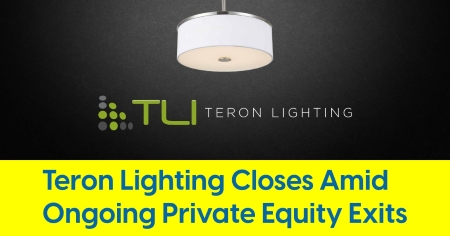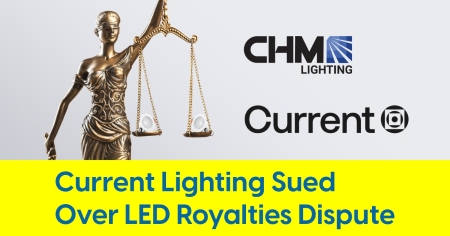August 23, 2023
Oregon Becomes Seventh State to Ban Fluorescent Bulbs
Screw-based compact fluorescent set to dim in 2024. Linear fluorescent fades to off in 2025.
Oregon has now become the seventh state, by our count, following Vermont, California, Colorado, Hawaii, Rhode Island and Maine, to enact a ban on the majority of fluorescent lamps. Oregon Governor, Tina Kotek, has signed House Bill 2531 and the law is set to take effect in October.
This legislative decision mirrors actions taken by other states, primarily focusing on the environmental repercussions tied to the hazardous mercury found in these lamps. Like its predecessors, Oregon's bill emphasizes the environmental implications of mercury as its core rationale, giving the state the authority to impose such a ban. While energy standards fall under the federal purview of the Department of Energy, this legislation, apart from addressing fluorescent lamps, also introduces provisions related to mercury fever thermometers.
Here's what lighting people need to know:
Prohibitions:
-
Starting January 1, 2024, the sale, offer, or distribution of new screw- or bayonet-base type compact fluorescent lamps will be prohibited.
-
A year later, from January 1, 2025, similar restrictions will be imposed on pin-base type compact fluorescent lamps and linear fluorescent lamps.
Exceptions:
House Bill 2531 has outlined several exceptions.
-
Lamps used for image capture, projection, printing, lithography, film and video projection, and holography are exempted.
-
Specific lamps with high ultraviolet light emissions are excluded, including those with ultraviolet power greater than two milliwatts per kilolumen and lamps used for germicidal purposes. This covers lamps emitting peak radiations at specific nanometer ranges for various applications like germicidal use, DNA destruction, disinfection, and ozone generation, among others.
-
Lamps used for specific purposes like medical diagnosis, treatment, pharmaceutical manufacturing, spectroscopy, research projects, or as replacements in vehicles manufactured on or before January 1, 2020, are not covered by the prohibition.
Regulatory Oversight:
The Environmental Quality Commission has the authority to adopt rules necessary to enforce the new provisions.
Penalties:
Violators may face substantial fines. Specifically, a breach related to the sale or distribution of the aforementioned fluorescent lamps could result in a civil penalty of up to $25,000 for each day of the violation.











